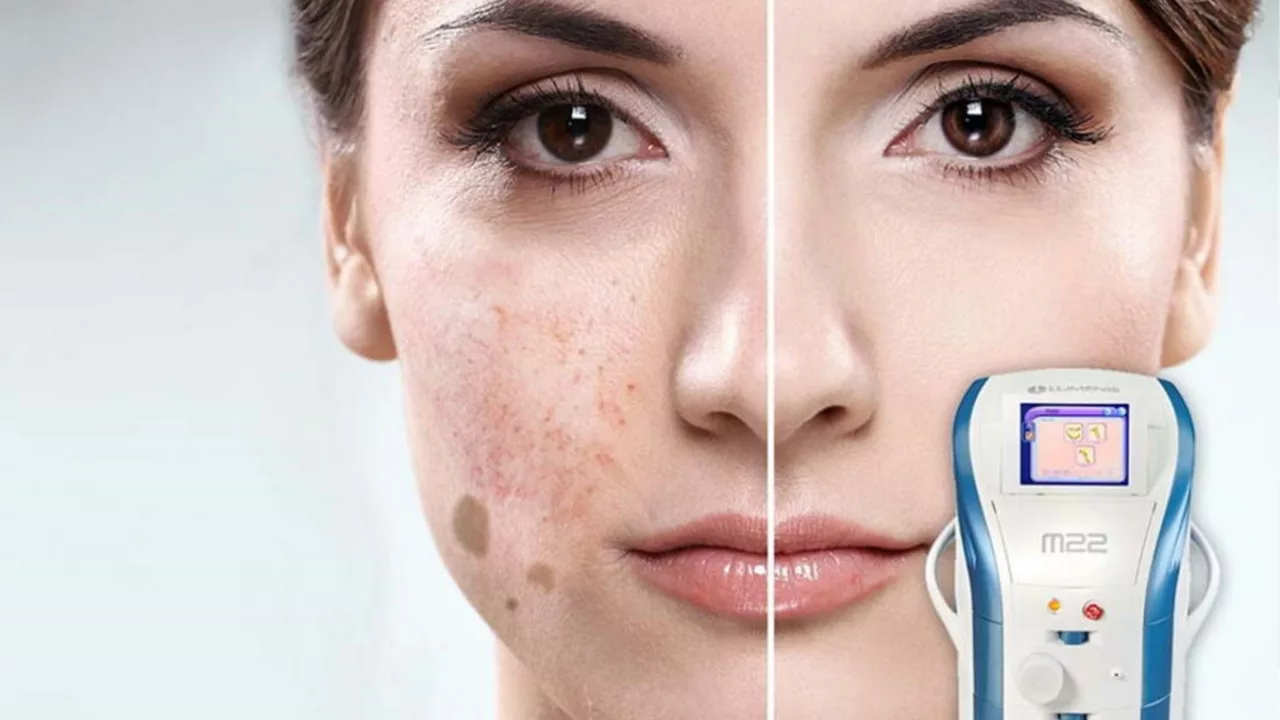Phototherapy: What It Is and Who It Helps
Have a stubborn rash or psoriasis that won’t quit? Phototherapy — using specific kinds of light to treat skin — can often help where creams and pills fall short. It’s a medical treatment delivered under supervision, not a spa light session. Knowing how it works, what to expect, and simple safety rules makes a big difference in results and side effects.
Types of phototherapy and how they differ
Narrowband UVB is the most common choice for conditions like psoriasis, vitiligo, and atopic dermatitis. It uses a targeted slice of UV light and usually gives good results with fewer side effects than older methods. Treatments typically happen in a clinic two to three times a week until clear, then taper off.
PUVA combines a light-sensitizing drug (psoralen) with UVA light. It reaches deeper skin layers and can work when UVB does not, but it carries higher long-term risks, so doctors reserve it for specific cases. For newborns with jaundice, blue light phototherapy is a different, well-established use that helps lower bilirubin safely in hospital or neonatal settings.
What to expect at the clinic and at home
A typical clinic session lasts a few minutes to about 15 minutes depending on skin type and the dose. Staff adjusts the light dose over time to get the best balance between benefit and redness. You’ll need eye protection every time and your face covered or treated separately if needed. Most people see improvement after several weeks, not overnight.
Home UVB boxes exist and can work well for people with long-term needs. They require a doctor’s prescription, training, and regular check-ins. Don’t buy or use a home unit without medical guidance — wrong dosing raises the risk of burns and long-term skin damage.
Common short-term effects include mild redness, itch, or dry skin. Long-term risks can include premature skin aging and a higher chance of skin cancer with some types of phototherapy, especially with repeated PUVA over many years. That’s why doctors track total lifetime exposure and review any family or personal history of skin cancer before treatment starts.
Tell your doctor about all medications and supplements you take. Several drugs make skin more sensitive to light (for example, some antibiotics, certain acne medicines, and herbal supplements). Combining those with phototherapy can increase the chance of burns or other reactions.
Final practical tips: choose a reputable clinic or dermatologist, expect a course of regular sessions (not a single fix), ask how your progress will be measured, and get clear instructions if you’ll use a home unit. If you live in Canada, ask about local phototherapy centers or referrals from your family doctor — many provinces have community clinics or hospital programs that handle this safely and affordably.
If you want, I can help find what to ask your doctor, or give a short checklist to take to your first phototherapy appointment.

How methoxsalen can improve the effectiveness of phototherapy for skin conditions
I've been delving into the fascinating world of phototherapy for skin conditions and discovered the role of methoxsalen in enhancing its effectiveness. Essentially, methoxsalen makes the skin more sensitive to light, which amplifies the impact of phototherapy treatments. This results in a faster and more noticeable improvement in conditions like psoriasis and vitiligo. So, not only does it speed up the process, but it also improves the overall results. It's definitely a game-changer in the field of dermatology.
Read more